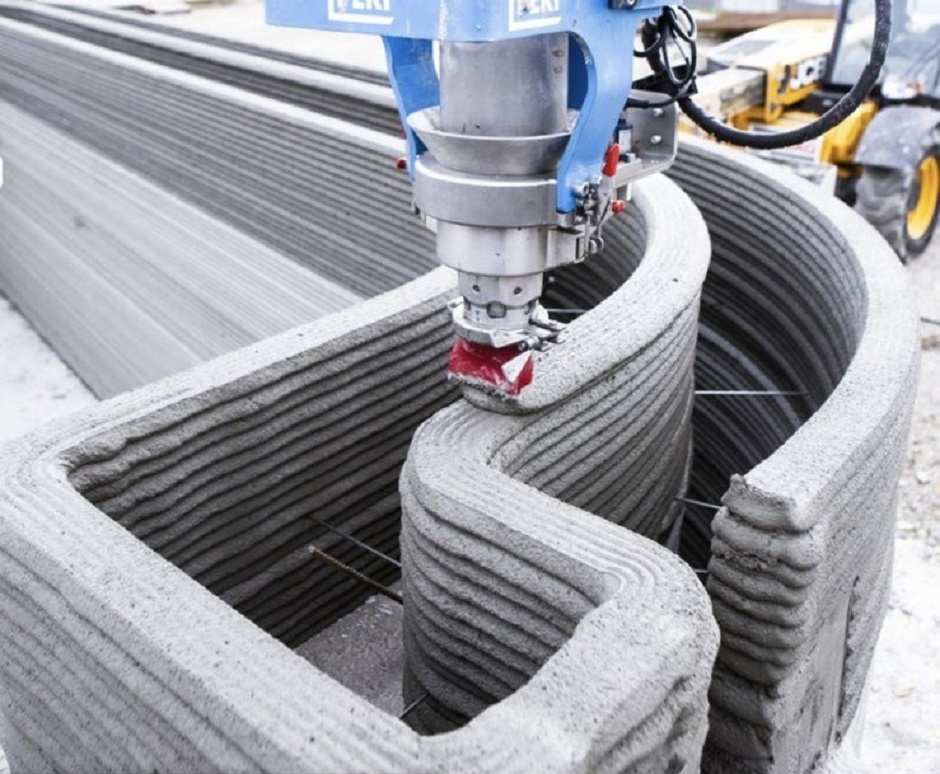3D printing in construction, particularly for houses, is an exciting and emerging technology that has garnered a lot of attention in recent years. While it holds promise for revolutionizing the construction industry, its viability depends on several factors including technological, economic, regulatory, and social considerations. Below is a detailed analysis of the viability of 3D-printed houses with current technology.
1. Current Technology in 3D Printing for Construction
The technology behind 3D printing houses is primarily based on a process called additive manufacturing. Instead of traditional construction methods, where materials like bricks, wood, and concrete are assembled, 3D printers build structures layer by layer using special materials. Some of the common materials used in 3D printing houses include:
- Concrete-based mixtures: These are often designed for high strength, quick setting, and flexibility.
- Geopolymers: Materials that harden into durable forms and are often more environmentally friendly.
- Composite materials: A combination of natural fibers, plastics, and resins, which can offer both strength and sustainability.
2. Advantages of 3D Printed Houses
- Cost Reduction: One of the most significant advantages of 3D-printed houses is the potential for cost savings. The ability to use less material and the reduced labor costs associated with automation can result in a significantly cheaper house compared to traditional construction. Some estimates suggest that 3D-printed houses could be 20-40% cheaper to build.
- Speed: 3D printing can dramatically speed up the construction process. Some 3D printers can build the basic structure of a house in just 24 to 48 hours. This is in stark contrast to traditional building methods, which can take several months to complete.
- Sustainability: 3D printing allows for better material efficiency, as it only uses the exact amount of material needed, reducing waste. Additionally, 3D printing could potentially use sustainable materials, such as recycled plastics, to create structures, which would help address environmental concerns.
- Design Flexibility: 3D printing enables more complex and customized designs that would be difficult or impossible to achieve using traditional methods. Curves, intricate patterns, and unique structures can be built with precision and relatively low cost.
- Labor Shortages: In many regions, the construction industry is facing a shortage of skilled labor. 3D printing can help alleviate this by reducing the need for extensive manual labor, as much of the work is automated.
3. Challenges and Limitations of 3D Printed Houses
While there are many advantages, several challenges must be addressed before 3D printing can be fully viable for widespread adoption in the housing market.
- Material Limitations: The materials used in 3D printing for construction are still evolving. While concrete and geopolymer mixtures have made progress, they don’t yet match the flexibility, strength, and durability of traditional building materials like steel and wood in all contexts. Moreover, the ability to use mixed materials (e.g., for plumbing, wiring, and insulation) is still limited.
- Size and Scale: While large-scale 3D printers have been used to build entire homes, they are still constrained by size limitations. The printers need to be large enough to print an entire house in one go, and these machines are still costly and may not be easily portable. The printing process also requires a large, stable platform, which can be challenging for urban or remote areas.
- Regulatory and Legal Challenges: In many countries, building codes and regulations are not yet equipped to accommodate 3D-printed structures. Existing regulations often require that homes be constructed using approved materials and methods, and 3D printing is still too novel for many governments and municipalities to have clear guidelines in place. Additionally, there are liability concerns regarding the durability and safety of 3D-printed structures.
- Infrastructure Requirements: The infrastructure for 3D printing large buildings is not as established as traditional construction tools. Currently, 3D printers for construction are expensive, and the materials used need to be transported in large quantities. In remote or undeveloped areas, the technology may require significant upfront investment in local infrastructure, such as power, materials, and specialized workers.
- Workforce Training: While 3D printing technology can reduce the number of manual laborers required on-site, there is still a need for trained professionals who can operate the printers, mix materials, and oversee quality control. This means the workforce must undergo specialized training, and the transition to 3D printing may not immediately resolve the labor shortage in the construction industry.
4. Current Examples and Pilot Projects
Several companies and organizations have already started testing 3D printing technology in real-world construction projects:
- ICON (USA): ICON has partnered with non-profits like New Story to build affordable housing in developing nations, including 3D-printed homes in Mexico and the US. These homes are small but demonstrate the potential for affordable and quick housing solutions.
- Apis Cor (Russia): Apis Cor built a 3D-printed house in Russia in 2017 in just 24 hours. The technology they used involves large-scale 3D printers that extrude a specially designed concrete mixture.
- Lennar and ICON (USA): In 2023, ICON worked with Lennar, one of the largest homebuilders in the US, to construct a 3D-printed home in Austin, Texas, highlighting the potential for scaling up the technology.
5. Economic and Social Impacts
- Affordable Housing: The potential for cost-effective homes could address housing shortages, especially in areas with high demand but low supply. Governments and NGOs could use 3D printing as a way to provide affordable housing in impoverished areas or disaster-stricken regions.
- Job Creation: While 3D printing reduces the need for certain construction jobs, it could create new jobs in machine operation, material science, design, and maintenance of 3D printers.
- Long-Term Viability: In the long run, 3D printing could reshape the construction industry by making housing more accessible, reducing material costs, and lowering construction timelines. However, it will require significant investment in R&D, regulatory changes, and public trust.
Conclusion: Viability of 3D Printing for Housing
While 3D printing technology for housing is showing great promise, it is not yet universally viable for large-scale adoption. The technology has significant advantages, such as cost reduction, speed, and sustainability, but it still faces challenges related to materials, size, regulations, and workforce adaptation. For 3D printing to become a mainstream method for home construction, further developments in material science, regulations, and infrastructure are needed. However, in certain contexts—such as affordable housing, disaster relief, and remote locations—3D printing has the potential to be a viable and transformative solution.

